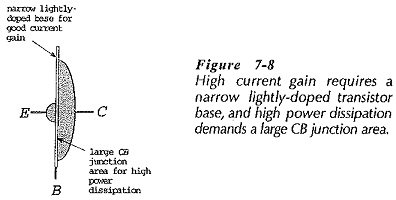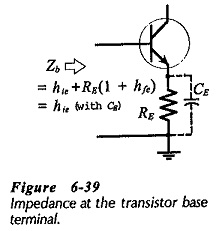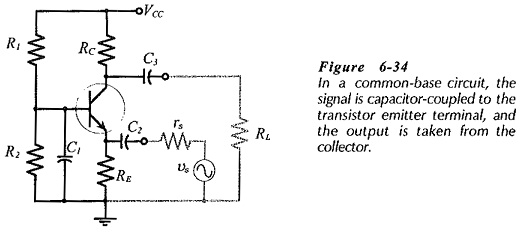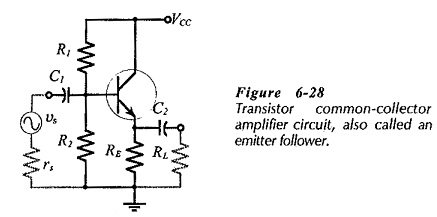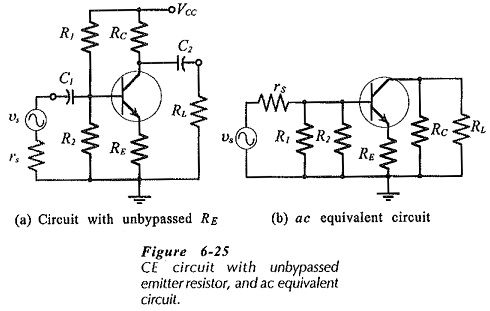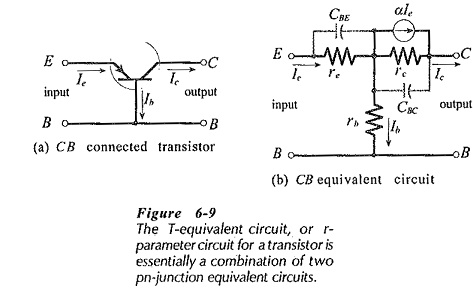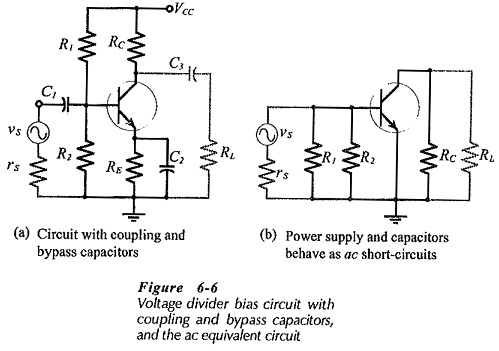Transistor Construction Techniques and Performance
Transistor Construction Techniques and Performance: The following are Transistor Construction Techniques and Performance are as follows, Current Gain: Good current gain requires that most charge carriers from the emitter pass rapidly to the collector. So,…
